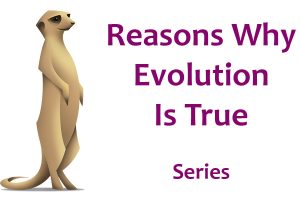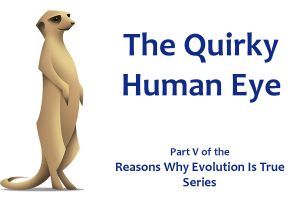Understanding the evolution of Homo sapiens, and how humans came to be human, has been a fascination for people since Darwin’s time, but it has also proved to be one of the most controversial of the sciences. Humans and Chimpanzees diverged about 7 million years ago and during this time a great deal of anatomical and behavioural changes occurred which now distinguish us from our closest relatives. Despite this, we still share over 99% of our genetic make-up with Chimpanzees; only 1% of our genes truly make us human. What is the manifestation of this 1%? Some of these differences are very clear visually; we are taller and less hairy, with larger brains and an upright, two-legged stance. Other differences are slightly more subtle; we have language, we use tools, we have culture and art enabled by abstract thought, we have a concept of self… but as that list continues, it becomes increasingly difficult to determine whether Chimpanzees, or indeed other animals, also share these qualities. If Chimpanzees can be taught language, then this indicates they have a brain capable of understanding and learning language, and thus, surely they can in some sense be said to have language themselves? Other characteristics are even more difficult to pin down; how do you measure self-awareness? Although there is a long list of traits that most people would consider to be exclusively human, the situation is in fact far less clear cut than that.
When I was young, Pluto was still a planet and nine was my lucky number, so I really liked that we had nine planets in our solar system – it made it easy for me to remember. My love of astronomy out-lasted Pluto’s status as a planet, and as I write this I am actually wearing a solar system necklace; each planet is represented, yet it only has eight planets on it.





